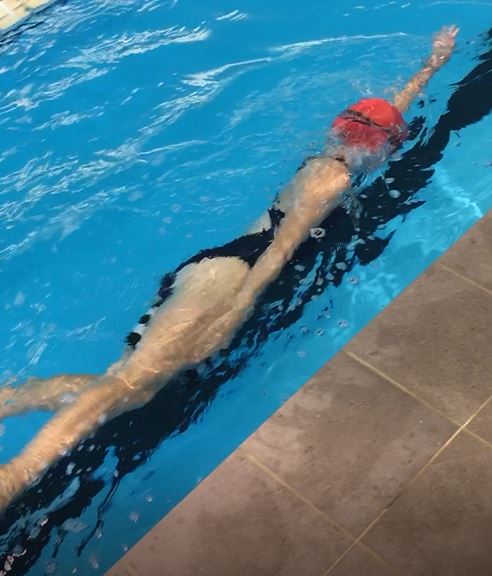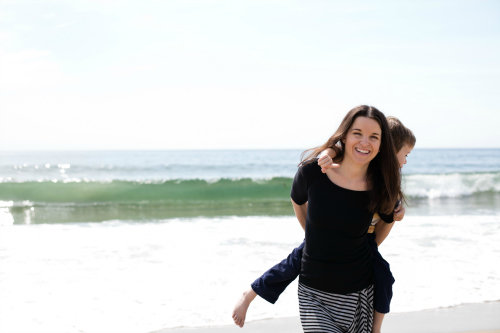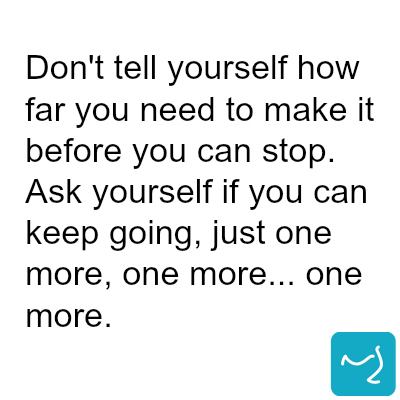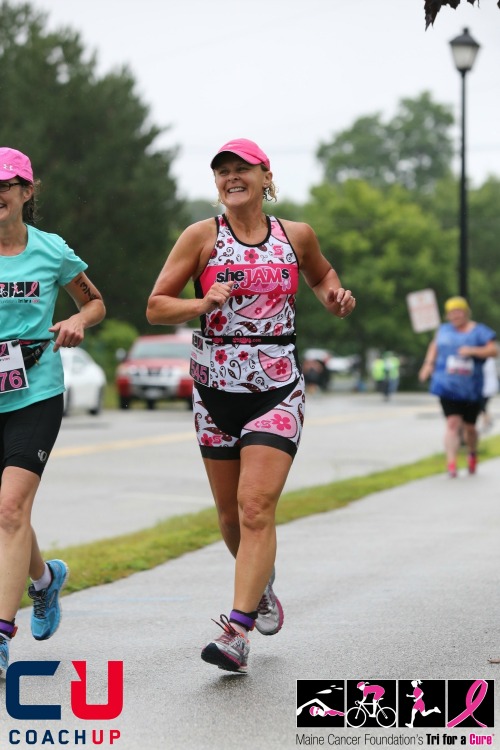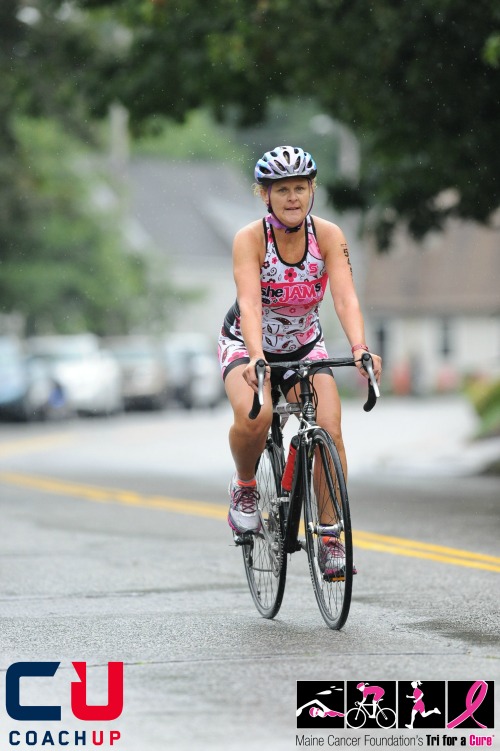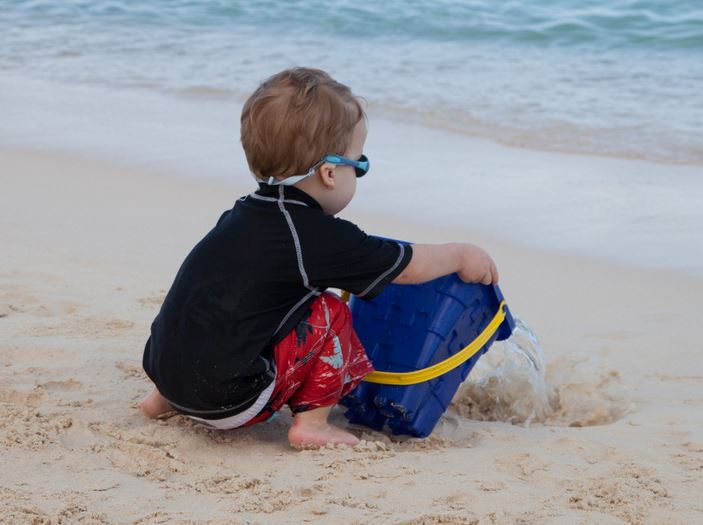Greg has me hooked on the Freakonomics podcast and an episode I listened to recently really resonated.
Guys – you’ve got to listen to this one.
The episode examines how people become great at something; do you need to have talent, or can greatness be learned?
The answer, as you might expect, is a little of both. Your innate talent might define the ceiling for you, but how much of your potential you express can be greatly influenced by what you do. And for most of us, our potential is much higher than we need in order to enjoy an activity or make it worth participating in.
Guided Practice
The real take-away from the episode was the importance of guided practice. It’s not just about the “10,000 hour rule”, a phrase coined after a study examined the amount of practice time logged by a group of elite musicians at a German academy. It’s not just how much you practice (though that certainly helps) but the quality of that practice.
The best way to become great at something is to have someone who is great at it, and a good teacher, guide your practice so you become better.
This really resonated with me because I’ve found it so true of learning to swim, and even to run. In the beginning stages of running, you can get better at running by… well, running. But there’s a reason that elite runners all have coaches. Running hills and intervals, knowing when to rest, etc. can all increase your performance better than if you simply logged additional hours.
Why You Have to Listen to This Podcast
There’s a story in the podcast about a researcher who wanted to explore how people become experts, so she followed a childhood dream and tried to learn to sing. It’s a fantastic storyline, and incredibly inspirational.
The podcast reminded me that I can become good at something.
I’m going to become a good swimmer. (I would say great, but while I think becoming great is possible, I am not sure I want to invest the practice time to become great because I’ve got classrooms to volunteer in, muffins to bake and a bike to ride.)
I’ve made additional progress in my swimming thanks to some guided practice from a great swim coach. I’m stacking my hips, elongating my stroke, turning my head better to breathe… here’s a photo of me practicing just the arms using a pull buoy. Look at that line! Night and day from where I was a year ago. (Which was… um, a non-swimmer.)
You Can Become Great at Something
If there’s something you wish you could do better, you can! It’s not without sacrifice or investment, but what a beautiful concept to hold in our hearts, that we can become proficient at anything with the right instructor and right amount of practice.
So if you’re commuting, washing dishes, folding laundry etc. and want something to listen to I highly recommend this episode of Freakonomics Radio. The little I’ve shared here doesn’t do the full episode justice. It left me feeling excited, hopeful, and purposeful.
Take it from someone who has taken cooking classes, writing classes and swim lessons as an adult; we can become better at just about anything. I realize time is precious and hiring a coach isn’t always an option, but understanding that guided practice can help us become better at anything opens up so many doors.
Guided practice may mean watching a youtube video before practicing a new skill, or following a training plan instead of running at whim. There are many ways to take this lesson to heart, and the most important part is knowing that aren’t born great… we make ourselves great.
